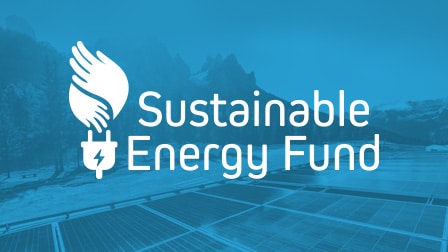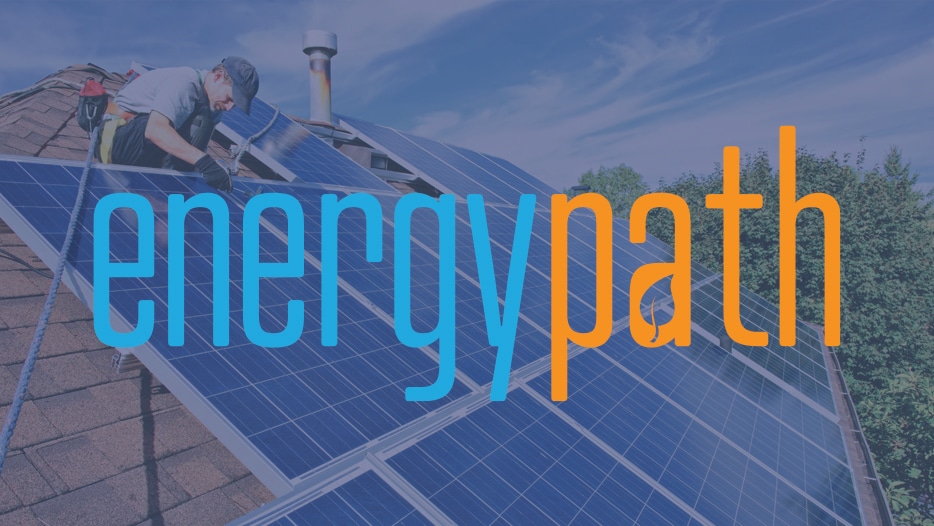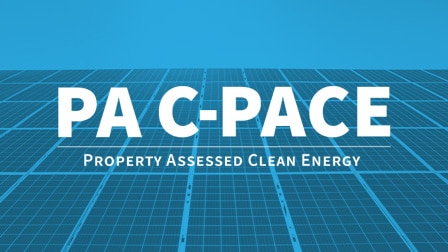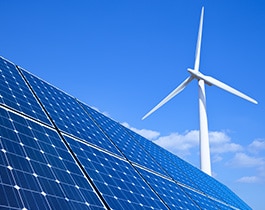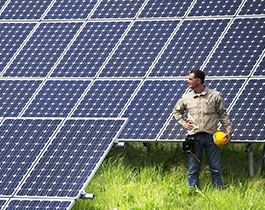The Lehigh Valley Chamber of Commerce hosted the 2024 Lehigh Valley Sustainability Summit at The Club...
» Read MoreThe Diversity of Our Energy Market
You don’t have to be involved in the energy industry to know much has changed in the past two decades. With a significant shake-up in the U.S. energy mix, the rapid expansion of natural gas and renewables in the United States , and the development of emerging technologies such as energy storage and smart networks, the energy landscape is becoming increasingly dynamic. As this evolution broadens the capacity of the industry, it is also allowing us to see new potential we couldn’t conceive in years past. The diversity of our energy resources has transformed current production and has created new possibilities for fulfilling our energy needs while reducing our carbon footprint and preserving our environment.
Unpacking the Domestic Energy Shift
Disruptions in the energy industry are nothing new. In the last ten years we have seen a significant shift in how our electricity is generated, as the United States saw natural gas unseat coal as the preeminent fuel to generate electricity. Coal saw a 38% drop in use for electricity generation while natural gas saw a 49% increase. Production followed suit: coal production decreased by 30% from 2010 to 2018 while natural gas’s production increased 45%. Natural gas now accounts for 35% of all electricity generated in the United States.
Virtually nowhere has this shift been more apparent than in Pennsylvania. With the largest shale formation in the United States, the Marcellus Shale Area contributed to Pennsylvania’s 6.2 quadrillion cubic feet of natural gas produced (second only to Texas’s 7.8 quadrillion cubic feet), making up nearly 19% of U.S. supply. However, Pennsylvania consumed less than 1.5 quadrillion cubic feet of this supply, making it the second largest exporter of energy in the United States.
Even with this market shift, Pennsylvania was the United States’ third largest coal producer in 2018 at nearly 50 million tons (far behind Wyoming’s 305 million tons). Pennsylvania also ranked second in U.S. nuclear generation with 83 million MWh generated.
These shifts were not limited to traditional fuels, however.
Renewables have also witnessed significant growth throughout much of the United States. Total U.S. renewable energy production increased 38% since 2010; much of this growth can be attributed to wind and solar, which has grown by 169% and 900% respectively.
This growth is much more dynamic when considered regionally. Both geographic factors and government policies affected the market considerably: where government policy is favorable, like California and New England, renewables experienced significant growth; geographically, regions with ample wind resources like Texas and Midwestern states have grown to provide a significant portion of the nation’s wind energy.
Pennsylvania also saw growth in renewable generation, increasing to almost 5% of electricity generated in 2018. Wind energy generation grew to 3.6 million megawatt-hours generated in 2018, accounting for 36% of the state’s renewable energy production, and currently has 24 operating wind farms with 1.4 gigawatts of generating capacity. Hydropower accounted for another 35% of the state’s renewables, and biomass another 24%. Solar in Pennsylvania grew to 478,878 megawatt hours in 2018, accounting for only one quarter of one percent of electric generation.
More importantly, we are starting to see price parity with “traditional” sources of energy, where renewables cost the same or less than coal, natural gas, or nuclear. This parity, however, have only be realized in California so far, one of the US’s most expensive markets. With Pennsylvania’s surplus of natural gas and low wholesale electricity prices, parity still remains elusive. Whether in Pennsylvania or across the country, state policies to further drive renewable energy demand and a continued decline in renewables’ cost may lead to price parity reaching other markets.
With ambiguity in how government policies might change, how technology improves, and how the market evolves, predictions for renewables’ growth vary wildly. Pennsylvania’s Energy Assessment Report predicts that by 2050 renewable generation could increase by 230% from 2005 levels, to 6% of total generation; the U.S. Energy Information Administration was more optimistic, projecting renewables to reach 38% of national electricity generation by 2050.
Technologies on the Horizon
As renewables increase their market presence, storage is seen as a crucial component to expand their potential. Storage has developed significantly in recent years, leading to an anticipated 6.3 gigawatts of storage deployments throughout the U.S. through 2029, including projects from Tennessee Valley Authority, PacifiCorp, and Florida Power & Light. Utility-scale battery storage has already demonstrated notable success in Australia, where Tesla’s 100MW Powerpack system reduced grid costs by 90% and returned a significant profit by instantaneously stabilizing the grid when other plants went down. With its flexibility in location, rapid response ability, capacity for demand shifting, and its ability to greatly expand the role of renewables, energy storage holds the potential to revolutionize the energy industry.
The energy grid is not just expanding, but getting smarter. The evolution of the Smart Grid – the digital communication between various components of our energy grid – allows for a wealth of new knowledge, control, and gains in efficiency. These include smart meters, which allow two-way communication between the meter and the grid and have an estimated 87 million installations as of 2018. This increase in available energy data also facilitates intelligent demand management, including demand response and dynamic demand, that can predict demand issues on the grid before they might occur and reduce energy spikes while saving customers money. Building and home automation systems, smart thermostats and appliances, and a wealth of other smart devices have transformed the industry and our homes to new levels of efficiency.
Developments in emerging power technologies also hold significant potential. Hydrogen and fuel cell technology, while still underutilized, offer zero-carbon opportunities to store and transfer energy and power transportation. Tidal energy has grown 104% since 2010, but still makes up a very small portion of the renewable energy mix, even as the technology continues to develop. Solar also continues to develop, including anti-solar cells that could power at night. Electric vehicles, already showing significant market potential with projections of 30% of vehicle sales by 2025 and up to 75% by 2050, will not only transform our transportation but offer challenges as well as opportunities for stabilizing our electric grid.
There has never been a more dynamic time in the energy industry. Every day brings about another development, whether it be from ‘traditional’ renewables such as wind and solar, new developments in emerging technologies, or completely new technologies that transform how we understand energy. The potential that lies in these developments offers innovative and dynamic possibilities to power our future while reducing our carbon footprint. With concerns over environmental protection, energy supply, and grid security as constant considerations, encouraging diversity on our energy grid can make it more reliable, more resilient, and pave the way to a transformative energy future.
